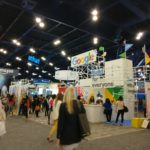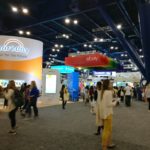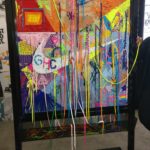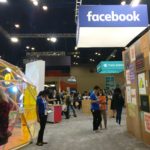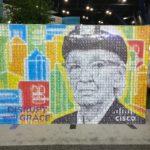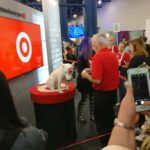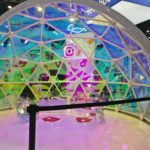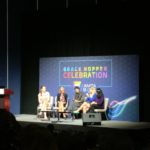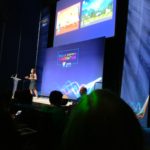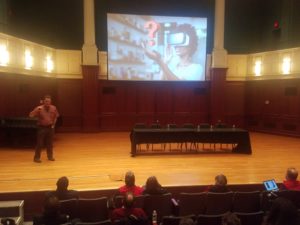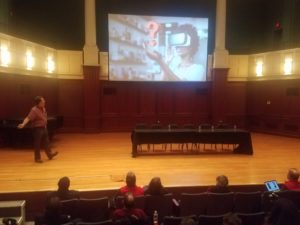I attended the Dust or Magic panel with Jesse Schell and other speakers who discussed the future of VR, specifically its appeal towards children. I’ve had a growing interest in VR and knew quite little before attending this event. I saw it mostly as another medium through which games could be enjoyed. The panel discussed AR as well, which I’d only been exposed to through Pokemon Go before. Because of this talk, I not only have a better understanding of VR and AR, but I now know about many more applications than just games.
What struck me as most interesting was Jesse Schell’s equally educational and entertaining programs he was making at Schell Games. In the end, VR is supposed to be an exciting experience and as it is young, many people are still experiencing it for the first time. The industry is new and this leaves VR a topic for much debate of where it should head next.
Some new things I learned at the panel were the limitations of the technology. One of the main reasons why VR hasn’t taken off is because of accessibility. The Oculus Rift and other consoles that are specifically built for VR are hundreds of dollars, and out of many consumers’ price ranges. Some solutions like the Google Glass have been created, but they cannot compare to a native VR console. Another thing I learned was the view limitations with AR glasses. The field of view is only as big as the screen you have, which can lead to cutoff and an unimmersive experience. Out of VR and AR, VR is certainly further along and we will be seeing much more growth in the coming years. I was also surprised to learn that VR is on the same course as the television, something I couldn’t imagine not owning. If this takes off the same way the TV does, the future of VR sure looks bright.
Although I do not intend on using VR in my senior thesis project, this panel has definitely provided me with some insight going forth into next semester. Just because a new piece of technology hasn’t gotten big, doesn’t mean it’s not going anywhere. I’ve talked to a few people about incorporating Alexa in my project, and one of the biggest reasons for not using Alexa was privacy concerns. Voice UI is growing and is entering the homes of more and more new families. Experimentation and pioneers of the industry are the most valuable assets of new technology right now. Without experimentation, there will be no growth. This is something I will keep in mind during the development phase of my project.
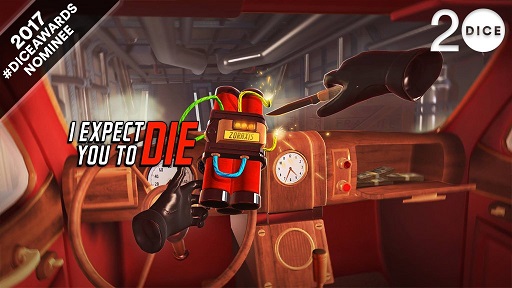
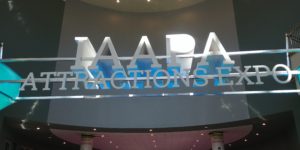
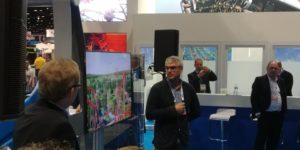
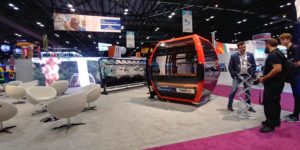
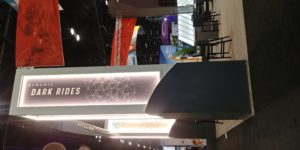
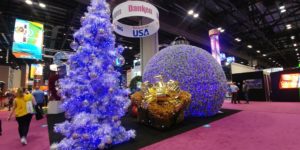

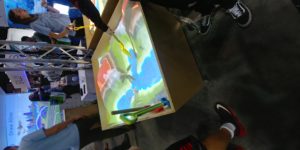
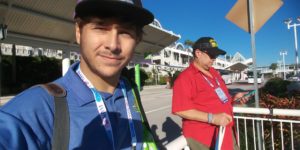
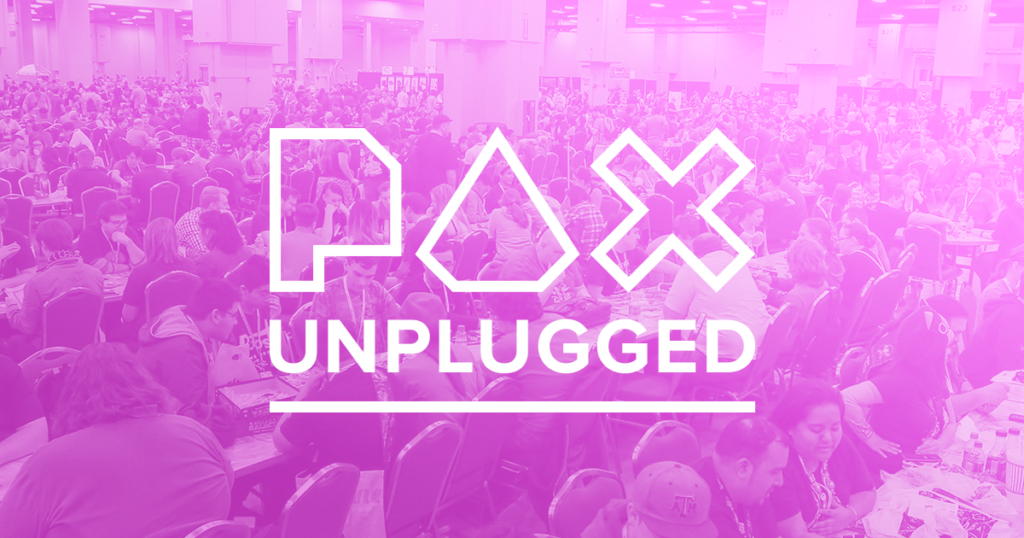
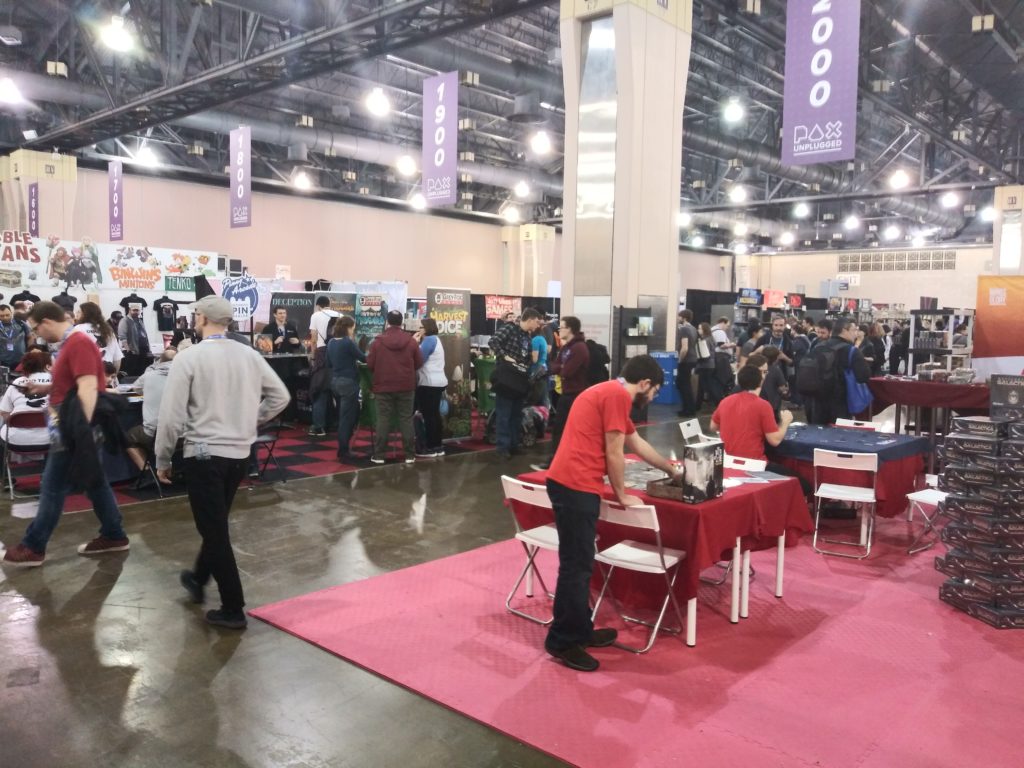
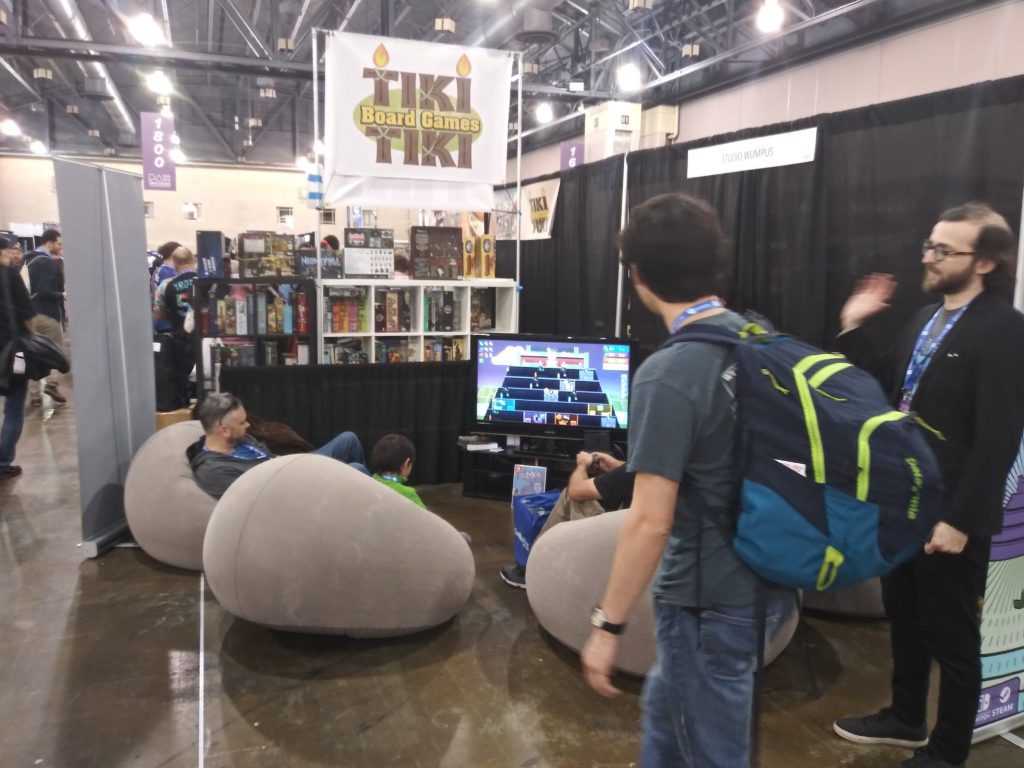
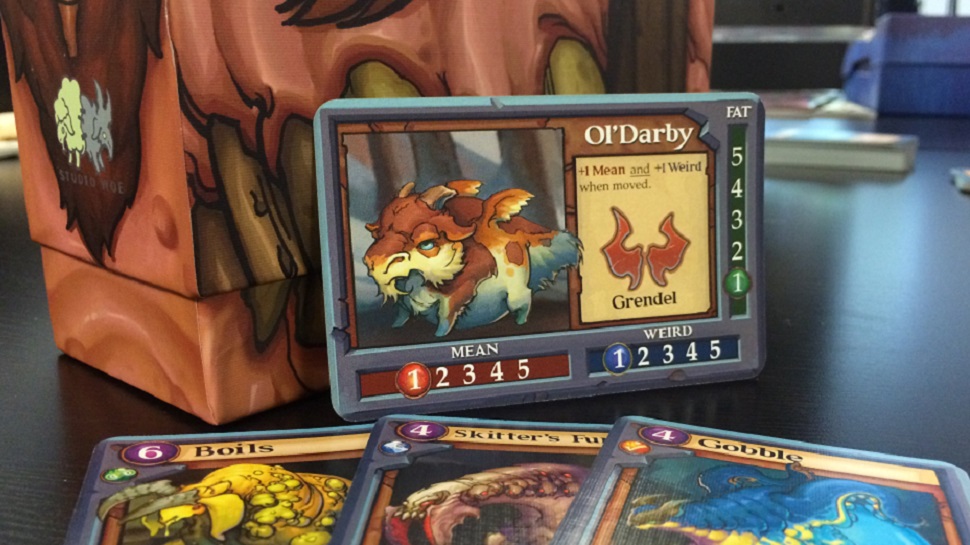
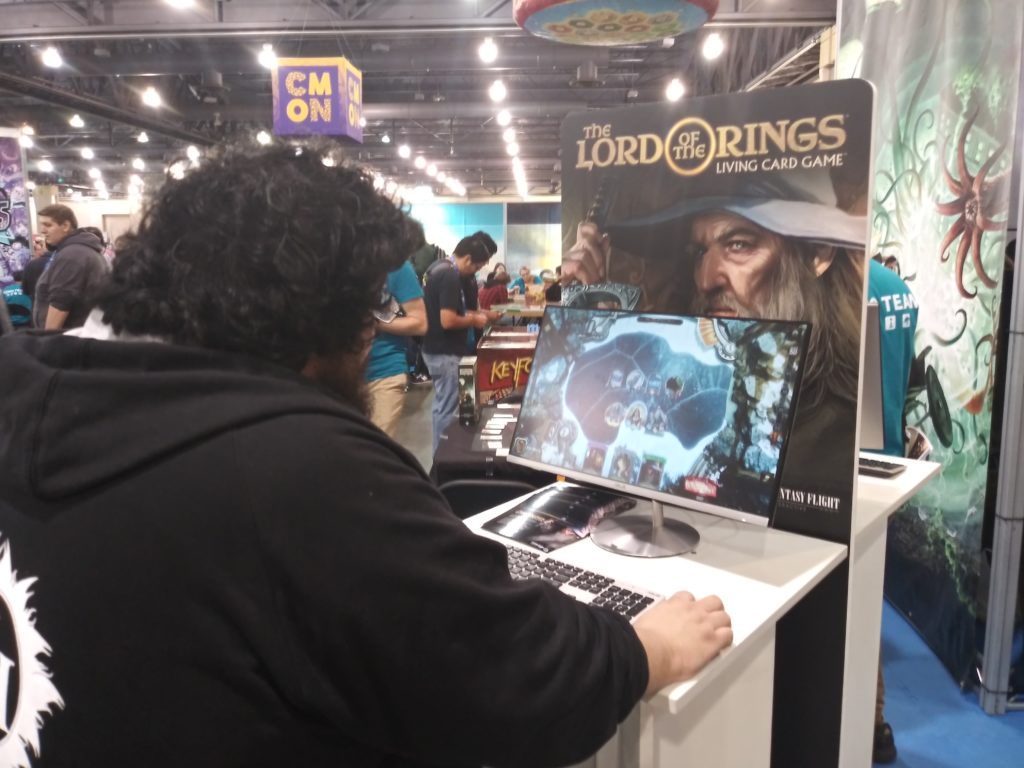
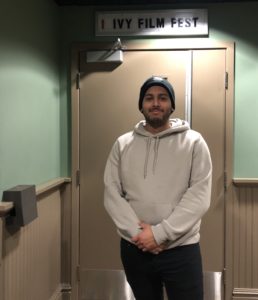
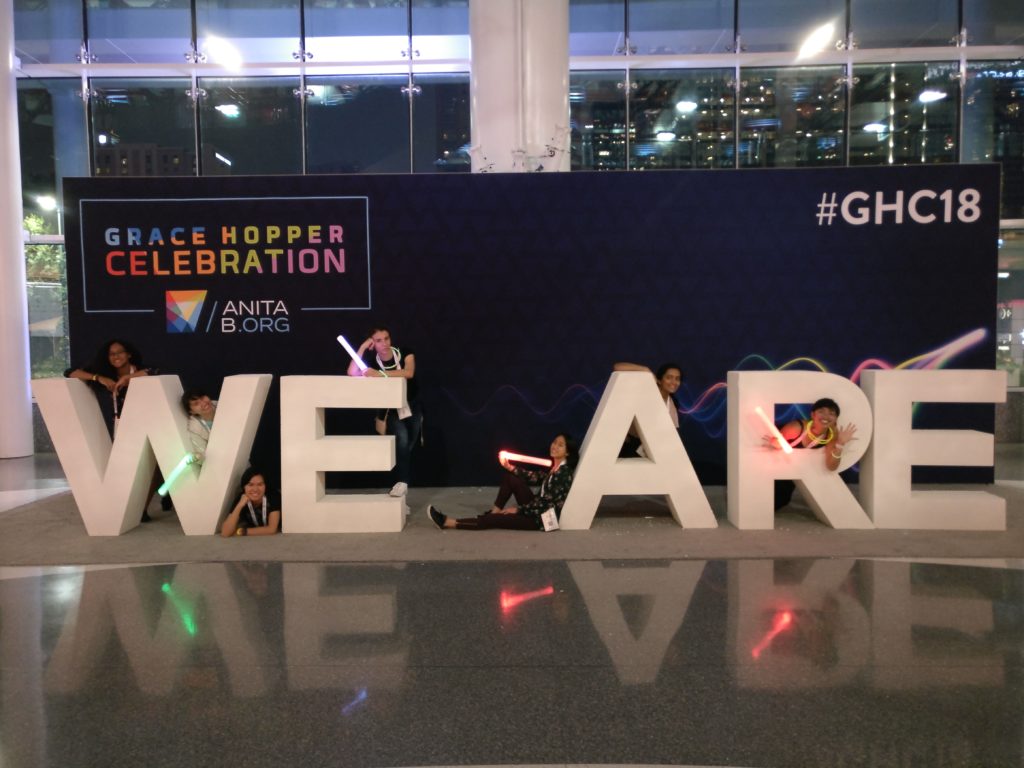 Early this year in September, I attended the 2018 Grace Hopper Celebration (
Early this year in September, I attended the 2018 Grace Hopper Celebration (